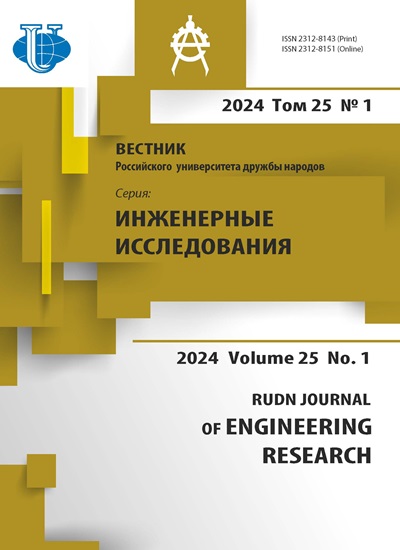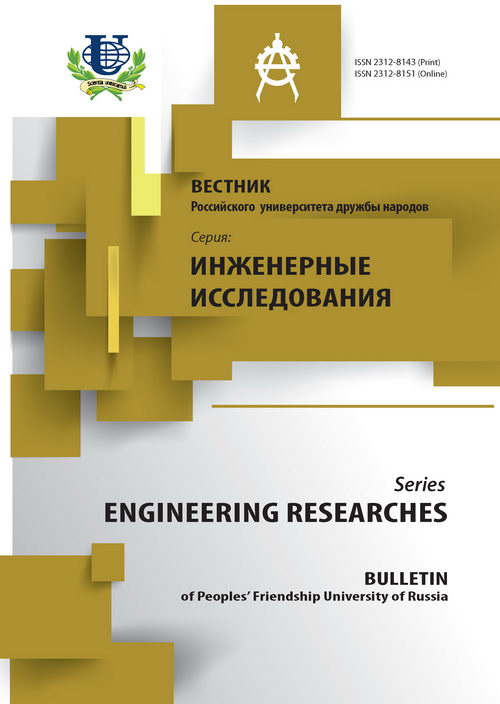PALEOVOLCANIC RECONSTRUCTION OF THE MEDNOGORSK ORE DISTRICT
- Authors: Kotelnikov AE1, Fedosova KI1
-
Affiliations:
- Peoples’ Friendship University of Russia
- Issue: No 1 (2016)
- Pages: 94-100
- Section: Articles
- URL: https://journals.rudn.ru/engineering-researches/article/view/13164
Cite item
Full Text
Abstract
The article shows the main results of researches conducted on the territory of the Mednogorsk ore district, located in the Southern Urals. Predecessors applied the existing geological concepts and paradigms to a structure of South Ural. As a result, there is a situation that the objective geologicalpicture still isn’t present. Dependences of minerals of different type on structural elements it isn’t observed though huge actual material is saved up. The view of the territory of the Mednogorsk ore district from the point of view of presence at the historical past of large volcanic structures, which were a source of volcanic sedimentary rocks and industrial concentrations of ore minerals, is given in the article. As a result of the carried-out paleovolcanic reconstruction the Mednogorsk paleovolcanic structure was allocated. Visible diameter of the structure from 30 km in northeast and to 60 km in the northwest direction, other part is overlaid by sedimentary Devonian, Carboniferous and younger deposits. Formation of the structure took place in three stages from the Cambrian to Devon. In the first (basaltic) stage there was an effusive volcanism as a result of which the mafic shield volcano was formed. The shield volcano consists of the volcanic center with a diameter of 11х8 km, the slope (on removal to 20 km from edge of the volcanic center) and the distal area, put by the breeds relating to vent, slope and distal facies respectively. The second (rhyolitic) stage is also effusive volcanism, but it is the stratovolcano, created over the shield volcano, and has mainly felsic, and less intermediate chemical composition. In a structure are allocated it’s own vent, slope and distal facies. In the third stage (a post-effusive era) of structure formation there was an intra facial introduction of intrusive bodies of various forms. The ultramafic bodies are widespread. The era of volcanism was replaced by the era of intensive destruction to what accumulation of terrigenous deposits of Devonian age testifies.
About the authors
A E Kotelnikov
Peoples’ Friendship University of RussiaDepartment of Mineral Deposits, Engineering faculty
K I Fedosova
Peoples’ Friendship University of RussiaDepartment of Mineral Deposits, Engineering faculty
References
















